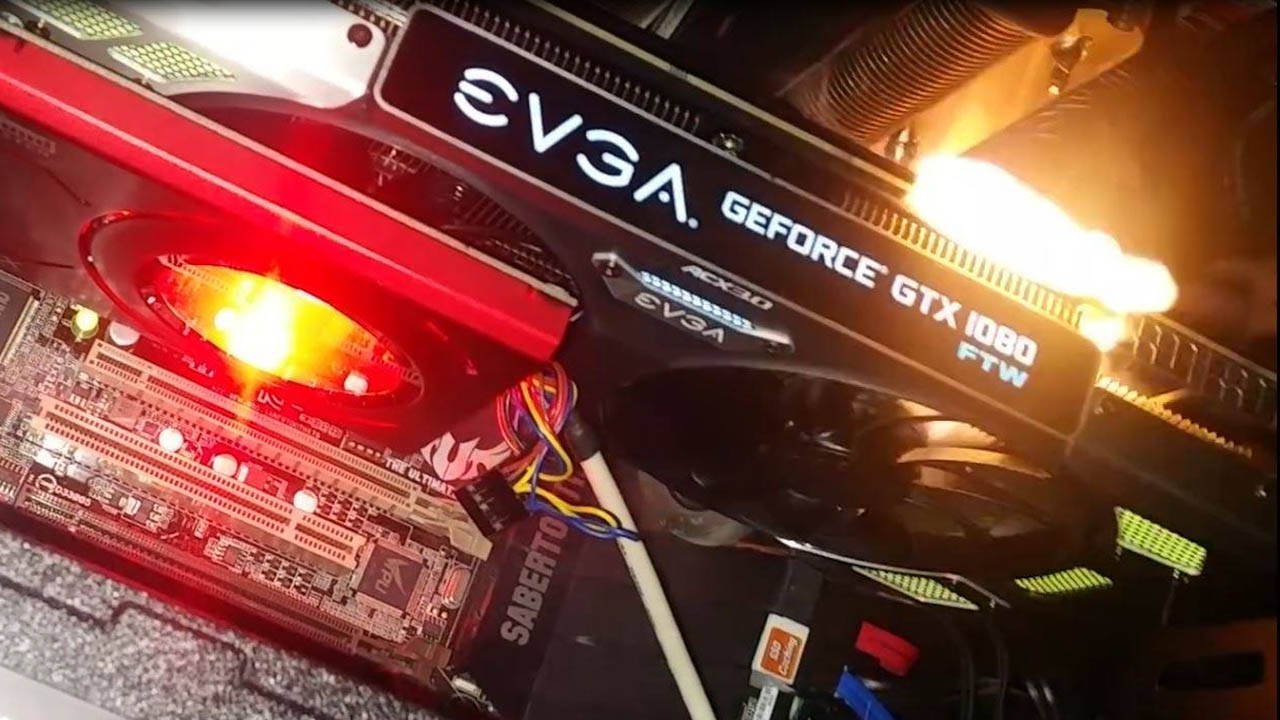Brackle
Old Timer
- Joined
- Jun 19, 2003
- Messages
- 8,566
My EVGA 3090 FTW has been a little crashy (comparatively), but what's to say that isn't driver-related? Supposedly that model follows Nvidia's FE and isn't affected. I'm not returning anything until some driver updates arrive and I'm certain this isn't just simply software. Performance on this thing is out of this world and literally exactly what I wanted, so I'm not about to return something after 2 days that might be fixable via drivers or firmware.
When I used Precision X for my 3090 it gave me a firmware update. Not sure if you did that or not.
![[H]ard|Forum](/styles/hardforum/xenforo/logo_dark.png)

